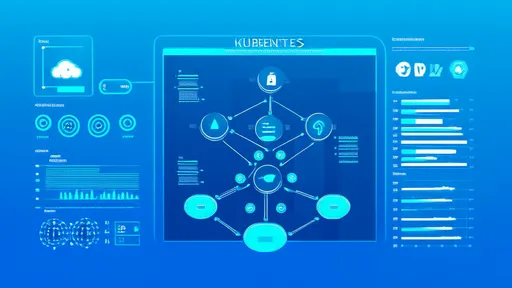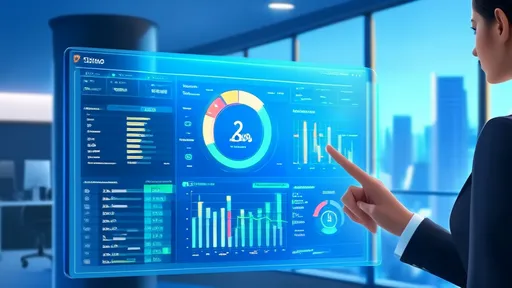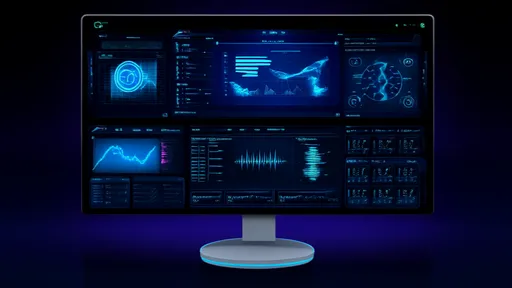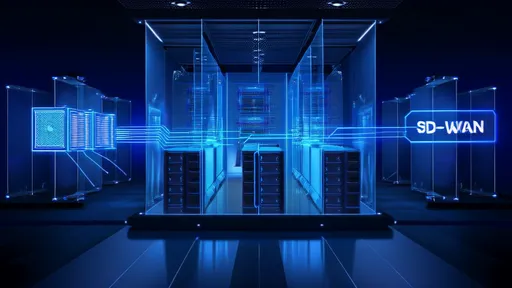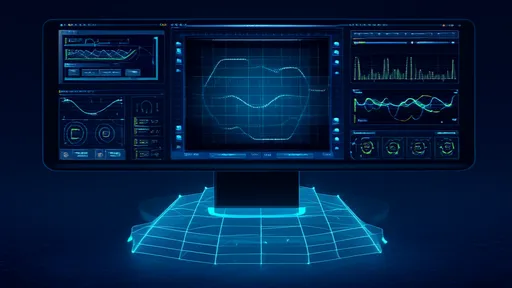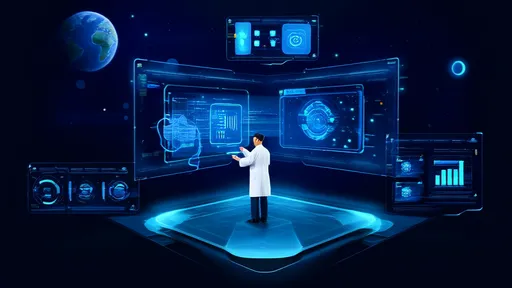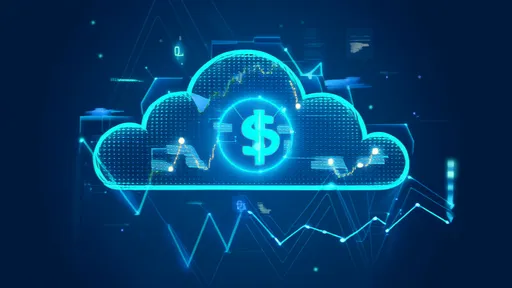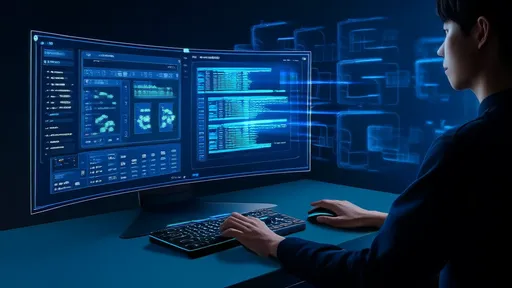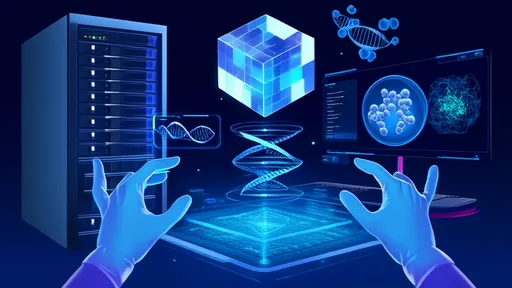The cybersecurity landscape continues to evolve at a breakneck pace, with containerization sitting squarely at the heart of modern application development. As organizations increasingly deploy applications using technologies like Docker and Kubernetes, the security of the underlying container images has become a paramount concern. This has spurred the development and maturation of a robust market for container image vulnerability scanning tools, each promising to fortify the software supply chain. A comprehensive evaluation of these tools reveals a complex ecosystem where capabilities, integration depth, and operational efficiency vary significantly.
At its core, a container image scanner functions by analyzing the layers of an image, cross-referencing the discovered software packages, libraries, and dependencies against known vulnerability databases such as the National Vulnerability Database (NVD). However, the simplicity of this description belies the sophistication of modern solutions. The leading tools have moved far beyond basic Common Vulnerabilities and Exposures (CVE) matching. They now incorporate contextual analysis, which is critical for reducing noise and false positives. This involves assessing the actual exploitability of a vulnerability within the specific context of the container's configuration, its running environment, and whether the vulnerable code is even loaded or used at runtime. This shift from mere detection to risk-based prioritization represents a significant leap forward in operational utility for development and security teams.
When comparing the major players, one cannot overlook the established giants like Synk (formerly Snyk Container), Twistlock (now part of Palo Alto Networks Prisma Cloud), and Aqua Security. These platforms offer deeply integrated security suites that extend scanning beyond the image itself into the runtime environment and the broader CI/CD pipeline. Their scans are exhaustive, often covering not just OS package vulnerabilities but also language-specific dependencies for a multitude of programming ecosystems. The value proposition here is a unified security posture management platform. The trade-off, however, can be complexity and a steeper learning curve, making them potentially overwhelming for smaller teams or those just beginning their DevSecOps journey.
In contrast, a new breed of focused and developer-centric tools has gained considerable traction. Grype by Anchore and Trivy by Aqua Security (open-source) exemplify this trend. These tools are designed for speed and simplicity, often functioning as single binary executables that can be run directly from a command line. They provide rapid feedback, which is invaluable for developers seeking to "shift left" and catch issues early on their local machines before even committing code. While they may not offer the sprawling feature set of enterprise platforms, their agility and ease of integration into lightweight automation scripts make them a powerful first line of defense. Their accuracy, especially Trivy's, has become highly competitive, challenging the notion that simpler tools are necessarily less effective.
The evaluation of any scanning tool must also heavily weigh its integration capabilities. The most technically superior scanner is of limited value if it cannot be seamlessly woven into the existing development workflow. This is where the concept of shift-left security is truly tested. Top-tier tools offer plugins and native integrations for popular CI/CD platforms like Jenkins, GitLab CI, GitHub Actions, and CircleCI. They can automatically break builds when critical vulnerabilities are detected, enforcing security policy directly within the development process. Furthermore, integration with registry services, such as AWS ECR, Google Container Registry, or JFrog Artifactory, allows for automated blocking of vulnerable images from being deployed, creating a crucial gatekeeping mechanism.
Another critical differentiator is the quality and actionability of the reporting. A long list of CVEs with generic descriptions is more likely to induce alert fatigue than prompt remediation. Advanced tools now provide enriched metadata, including severity scores (CVSS), detailed descriptions, links to public advisories, and, most importantly, remediation guidance. This guidance can range from suggesting a direct version upgrade for a vulnerable library to providing a patched base image. Some tools even offer automated fix pull requests, directly intervening in the development process to resolve issues with minimal human intervention. The ability to customize policies—defining what constitutes a failing scan based on severity, fix availability, or vulnerability age—is also a hallmark of a mature platform.
Performance and scalability present another layer of comparison. In high-velocity development environments, where hundreds of builds may be triggered daily, a scanning process that takes several minutes per image can become a significant bottleneck. Tools are often benchmarked on their scan time, with open-source options like Trivy frequently leading in raw speed. However, enterprise solutions counter with distributed scanning architectures and agent-based models that can offload the computational burden from the CI/CD workers, thereby maintaining pipeline velocity even at scale. The choice often boils down to the specific infrastructure and the tolerance for latency in the development feedback loop.
Finally, the business considerations of licensing, support, and total cost of ownership cannot be ignored. The open-source tools are free to use but typically require in-house expertise to manage and integrate effectively. The commercial platforms offer enterprise-grade support, regular database updates, and often a SaaS model that reduces maintenance overhead. However, their pricing models can be complex, based on factors like the number of images scanned, nodes protected, or developers using the platform. A thorough evaluation must project these costs against the organization's scale and growth trajectory to determine the most sustainable option.
In conclusion, the container image scanning market is rich with options, catering to a spectrum of needs from the individual developer to the global enterprise. There is no single "best" tool; the optimal choice is inherently contextual. It depends on the team's size, technical sophistication, integration requirements, and security maturity. The trend is unmistakably moving towards deeper, more intelligent analysis that prioritizes real risk over mere presence, and tighter, more automated integrations that make robust security a natural byproduct of the development process itself. As threats continue to evolve, so too will these essential guardians of the software supply chain.
In today's rapidly evolving cybersecurity landscape, organizations face increasingly sophisticated threats that traditional perimeter-based defenses struggle to contain. The concept of microsegmentation has emerged as a critical component of zero trust architecture, fundamentally transforming how enterprises protect their digital assets. Unlike conventional security approaches that focus on building strong outer walls, microsegmentation operates on the principle that no entity—whether inside or outside the network—should be automatically trusted.
In the ever-evolving landscape of container orchestration, Kubernetes has firmly established itself as the de facto standard for managing containerized applications at scale. One of its most powerful features is the ability to automatically scale applications in response to fluctuating demand, ensuring optimal performance while controlling costs. However, implementing an effective autoscaling strategy requires more than just enabling the feature; it demands a thoughtful approach grounded in proven best practices.
In today's digital landscape, cloud computing has become the backbone of modern business operations, offering unparalleled scalability and flexibility. However, this convenience comes at a cost—literally. As organizations increasingly migrate to the cloud, managing and controlling cloud expenditures has emerged as a critical challenge. Many companies find themselves grappling with unexpected bills, wasted resources, and a lack of visibility into where their cloud dollars are going. This is where FinOps, a cultural practice and operational framework, steps in to bring financial accountability to the world of cloud spending.
The cybersecurity landscape continues to evolve at a breakneck pace, with containerization sitting squarely at the heart of modern application development. As organizations increasingly deploy applications using technologies like Docker and Kubernetes, the security of the underlying container images has become a paramount concern. This has spurred the development and maturation of a robust market for container image vulnerability scanning tools, each promising to fortify the software supply chain. A comprehensive evaluation of these tools reveals a complex ecosystem where capabilities, integration depth, and operational efficiency vary significantly.
As enterprises continue their digital transformation journeys, the debate between SD-WAN and SASE for hybrid cloud connectivity has become increasingly prominent. These two technologies represent different generations of networking solutions, each with distinct approaches to addressing the complex challenges of modern distributed architectures. While SD-WAN emerged as a revolutionary improvement over traditional MPLS networks, SASE represents a more comprehensive framework that integrates networking and security into a unified cloud-native service.
The evolution of cloud-native databases has entered a new phase with the rise of serverless architectures. What began as a shift from on-premise data centers to cloud-hosted instances has now matured into a more dynamic, cost-efficient, and scalable paradigm. The serverless model represents a fundamental rethinking of how databases are provisioned, managed, and utilized, moving away from static resource allocation toward an on-demand, pay-per-use approach. This transformation is not merely a technical upgrade but a strategic enabler for businesses aiming to thrive in an unpredictable, data-intensive landscape.
In the rapidly evolving landscape of cloud-native computing, the demand for robust observability has never been more critical. As organizations migrate to dynamic, distributed architectures, traditional monitoring tools often fall short in providing the depth and real-time insights required to maintain system reliability and performance. Enter eBPF—extended Berkeley Packet Filter—a revolutionary technology that is redefining how we achieve observability in cloud-native environments. Originally designed for network packet filtering, eBPF has evolved into a powerful kernel-level tool that enables developers and operators to gain unprecedented visibility into their systems without modifying application code or restarting processes.
The landscape of enterprise IT has undergone a seismic shift with the widespread adoption of multi-cloud and hybrid cloud strategies. While this approach offers unparalleled flexibility, cost optimization, and avoids vendor lock-in, it introduces a formidable layer of complexity. At the heart of this complexity lies the significant challenge of managing compatibility across disparate cloud environments. Cross-cloud management platforms have emerged as the central nervous system for this new reality, but their effectiveness is directly tied to their ability to navigate a labyrinth of compatibility issues.
The economic implications of serverless computing have become a central topic in cloud architecture discussions, shifting the conversation from pure technical implementation to strategic financial optimization. As organizations increasingly adopt Function-as-a-Service (FaaS) platforms, understanding the nuanced cost structures and optimization opportunities has become critical for maintaining competitive advantage while controlling cloud expenditures.
The landscape of software development has undergone a seismic shift with the proliferation of cloud-native architectures. As organizations race to deliver applications faster and more reliably through CI/CD pipelines, a critical challenge has emerged: security. The traditional approach of bolting on security measures at the end of the development cycle is no longer tenable. It creates bottlenecks, delays releases, and often results in vulnerabilities being discovered too late, when remediation is most costly and disruptive. In response, a transformative strategy known as "shifting left" has gained significant traction, fundamentally rethinking how and when security is integrated into the software development lifecycle.
The landscape of software testing is undergoing a profound transformation, driven by the relentless integration of artificial intelligence. One of the most impactful and rapidly evolving applications of AI in this domain is the automation of test case generation. This is not merely an incremental improvement to existing processes; it represents a fundamental shift in how development teams approach quality assurance, promising to accelerate release cycles while simultaneously enhancing the robustness and coverage of testing regimens.
In the ever-evolving landscape of artificial intelligence, voice generation technology has emerged as one of the most captivating and, at times, unsettling advancements. The ability to clone and generate highly realistic human voices is no longer confined to the realms of science fiction; it is a present-day reality with profound implications. This technology, often referred to as voice cloning or neural voice synthesis, leverages deep learning models to analyze, replicate, and generate speech that is indistinguishable from that of a real person. The process begins with the collection of a sample of the target voice, which can be as short as a few seconds or as long as several hours, depending on the desired fidelity and the complexity of the model being used.
The semiconductor industry stands at an inflection point where traditional chip design methodologies are increasingly strained by the complexity of modern architectures. As Moore's Law continues its relentless march, the once-manual processes of floorplanning and routing have become prohibitively time-consuming and error-prone. In this challenging landscape, reinforcement learning has emerged not merely as an experimental approach but as a transformative force in automating and optimizing chip layout.
In laboratories and research institutions across the globe, a quiet revolution is underway as artificial intelligence becomes an indispensable partner in scientific discovery. What was once the domain of human intuition, years of trial and error, and painstaking data analysis is now being accelerated at an unprecedented pace by machine learning algorithms and computational power. This transformation is not about replacing scientists but empowering them to ask bigger questions and uncover deeper truths about our universe.
In the ever-evolving landscape of artificial intelligence, a quiet revolution is taking place that promises to fundamentally reshape how machines understand the world. For decades, the field has been dominated by correlation-based approaches—powerful pattern recognition systems that excel at finding statistical relationships in data but fall painfully short when it comes to true understanding. The emerging discipline of causal machine learning seeks to change this paradigm, moving beyond mere correlations to uncover the actual mechanisms that drive phenomena in the real world.

